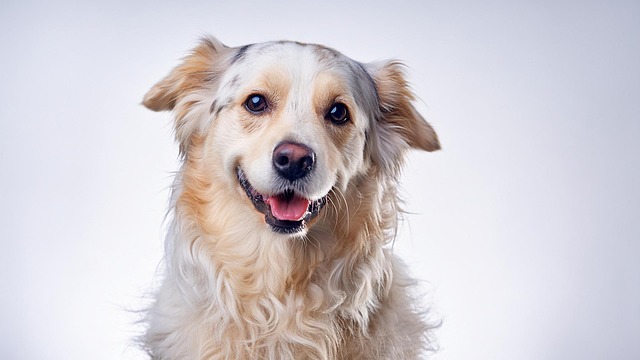
How do i train my dog to be obedient?
Watching your dog dart across the park ignoring your calls isn’t just frustrating—it can put them at risk near busy streets or public spaces.
When your dog pulls hard on the leash during walks or ignores your “come” command at the park, it’s easy to feel frustrated—but the right obedience training can turn things around. The best approach isn’t about dominance; it’s about building trust and using positive reinforcement that fits both your dog’s personality and local rules.
Positive reinforcement is the gold standard for dog obedience training—it means rewarding good behavior instead of punishing bad. For example, if your dog sits when you ask, give them a small treat or lots of verbal praise right away. This teaches them to associate obeying with good things, which sticks better than scolding. Just make sure treats are healthy—avoid overdoing it, as extra calories can lead to weight issues.
You’ll also need to tie training to real-life situations, especially ones that align with local laws. Many cities require dogs to respond to “heel” in busy areas or “stay” near playgrounds to keep everyone safe. Practice these commands in places like your neighborhood sidewalk or a local dog park (where off-leash rules apply) so your dog learns to obey even when there are distractions.
 Consistency is key—everyone in your household should use the same commands and rewards. If one person says “sit” and another says “sit down,” your dog will get confused. Also, keep training sessions short—10 to 15 minutes a day is better than a long, tiring session. Dogs have short attention spans, so ending on a positive note (like a successful “down” command) keeps them excited to learn more.
Consistency is key—everyone in your household should use the same commands and rewards. If one person says “sit” and another says “sit down,” your dog will get confused. Also, keep training sessions short—10 to 15 minutes a day is better than a long, tiring session. Dogs have short attention spans, so ending on a positive note (like a successful “down” command) keeps them excited to learn more.
Don’t forget to check if your area has specific training requirements, too. Some regions mandate basic obedience classes for dogs over a certain age, and failing to comply can result in fines. Even if it’s not required, a local trainer can help—they know the area’s rules and can tailor sessions to your dog’s needs, like helping a shy pup feel comfortable around other dogs.
Patience is just as important as the right method. Your dog won’t learn “stay” perfectly in a week, and that’s okay. Celebrate small wins, like when they hold a sit for 3 seconds instead of 1. Over time, this builds their confidence and makes them more likely to obey consistently.
The best dog obedience training method is one that’s kind, consistent, and fits your life—and following local laws ensures everyone stays safe. With positive reinforcement, regular practice, and a little time, you’ll build a stronger bond with your dog while having a well-behaved companion for walks, trips, and everyday moments.

Watching your dog dart across the park ignoring your calls isn’t just frustrating—it can put them at risk near busy streets or public spaces.

New puppy owners often find themselves rushing to clean up accidents before they set in, and that’s where puppy pad training becomes a game-changer.

If you've noticed your dog's waistline disappearing and your veterinarian has mentioned those few extra pounds, your first instinct might be to simply reduce the amount of food in their bowl.

Training a dog to use a designated spot indoors isn’t as daunting as many new owners fear, but it does take consistency and an understanding of your pet’s needs.

That moment of dread on a walk is all too familiar for many new dog owners. You see another dog approaching down the sidewalk of your neighborhood

If the sight of another dog on your neighborhood walk makes your heart sink as your own dog erupts into a frenzy of barking and lunging, you're not alone.